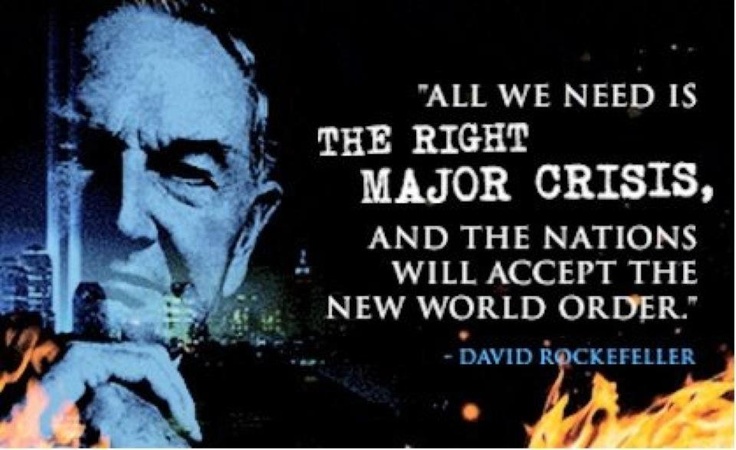The United States is an economic basket case
by Paul Craig Roberts
The announcement today (April 29) of a barely positive GDP first quarter 2015 growth rate of 0.2 percent (two-tenths of one percent) is an intentional exaggeration.
Today’s GDP report is the “advance estimate.” There will be two revisions, with the first occurring in one month on May 29.
Although the “consensus estimate,” which is Wall Street’s estimate, declined dramatically over the past month, the consensus estimate was for 1.0 percent.
The BEA’s advance estimate bears the burden of impact on financial markets even though it is the least reliable estimate. Subsequent revisions receive much less attention. Because of its market impact, the advance estimate is fudged by the Bureau of Economic Affairs (BEA) in order not to upset financial markets keyed to the consensus forecast.
All indications are that the first quarter experienced negative GDP growth, that is, a decline from the previous quarter. However, if BEA reported a negative GDP when the financial markets were relying on positive real growth, the government’s Plunge Protection Team might be unable to prevent a substantial market decline.
Therefore, the BEA in its advance estimate reported a barely positive result that kept GDP out of negative territory. This gives financial markets a month to undergo an orderly reduction prior to the first and then second revisions of the advance estimate, or simply to forget the poor performance altogether until the second quarter advance estimate.
Maintaining stability and not shocking financial markets is now ingrained in US economic reporting. No government statistical department wants to be blamed for crashing the financial markets. So bad news leaks in slowly if at all.
Indications are that the second quarter 2015 will also have negative GDP growth, that is, a further decline. As John Williams (shadowstats.com) is likely correct that there has been no recovery from the prior recession, just bottom bouncing with stock and bond markets driven by the Fed’s outpouring of liquidity, the first half of 2015 will signal a second downturn in the US economy which is collapsing as a result of jobs offshoring and a deregulated financial system.
The real economic outlook, which will emerge from BEA in a month or two, should be obvious to anyone who had the introductory course to macroeconomics. The economy depends on consumer spending. Consumers have two ways of spending more. One way is from rising incomes. The other way is from rising consumer debt.
With the advent of jobs offshoring, real median family incomes ceased to rise. The ability of consumers to substitute larger debt burdens for the missing growth in their real incomes was used up by Federal Reserve chairman Alan Greenspan’s policy of expanding consumer debt in order to fill in for the missing growth in consumer income. Today consumer debt levels are too high for consumers to incur more debt. The only element of consumer debt showing an increase is student loans.
The offshored jobs were not replaced with the promised “New Economy” jobs. No one has seen any sign of the mythical New Economy jobs. The “New Economy” is the transformation of the once powerful US economy into a third world labor force where new jobs exist only in domestic non-tradable services (services that cannot be exported) such as retail clerks, hospital orderlies, waitresses, and bartenders. As there are not enough of these jobs to go around, the labor force participation rate has dropped sharply.
The United States is an economic basket case. Washington has given away the US economy to Asian countries with lower labor costs. The owners and mangers of capital have benefitted, but the vast bulk of Americans have suffered. As capital’s owners and managers are not sufficiently numerous to drive the economy with their expenditures, the fabled American economy is no more.
What will bring the US economy out of the second leg of the downturn? If massive federal budget deficits and zero interest rates could not correct the first leg of the downturn, what does fiscal and monetary policy have left in its arsenal?
Paul Craig Roberts was Assistant Secretary of the Treasury for Economic Policy and associate editor of the Wall Street Journal. He was columnist for Business Week, Scripps Howard News Service, and Creators Syndicate. He has had many university appointments. His internet columns have attracted a worldwide following. His latest book, The Failure of Laissez Faire Capitalism and Economic Dissolution of the West is now available. Infowars.



